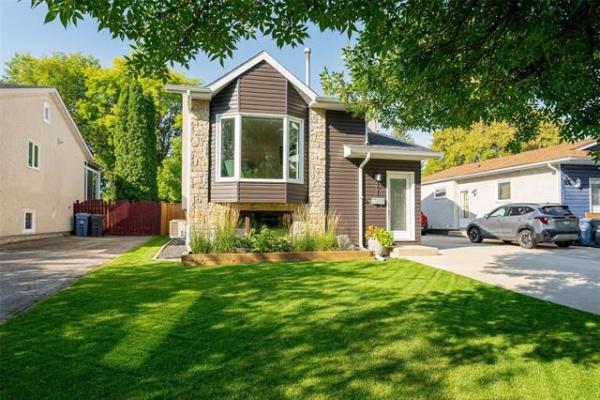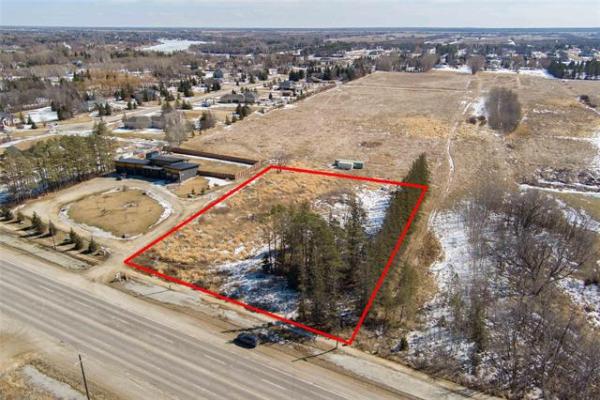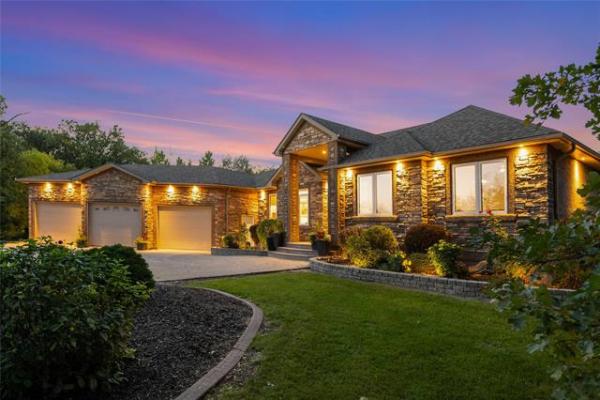Question: I have read a lot of your articles, and have found them to be very informative. I was wondering if you could help me out with a little dilemma.
I am presently finishing the 1,000-square-foot basement in my 16-year-old home. It measures 20-by-50 feet with the high efficiency furnace roughly in the middle, to one side. There are presently fourfour-by-10-inch registers, roughly equally distributed, at ceiling height, all fed off the main supply through six inch round ductwork. Also, through a six-inch duct is a cold air return down to floor level, using an interior two-by-six-inch wall frame with a 10-by-16-inch grill. The basement is basically all open, except I have constructed a 14-by-20-foot room at one end, making it roughly 15 feet from the furnace.
Is the one previously mentioned return enough to suffice the whole basement?
Thanks, Paul Amo
Answer: All of your questions are slightly different, but relate to the common theme of adequacy of heat and return air registers in your basement. They can easily be addressed together, within the confines of a general discussion of heating basements.
While it is not normally a home inspector's job to determine adequacy of a system, such as the heating and cooling systems, the approach to answering your queries is fairly simple. There are specific methods and calculations to determine the amount of heating capacity required for buildings. There are also criteria for the number and location of heating registers for the individual rooms within those buildings. These items can accurately be determined, but that will require a fair degree of education and experience. Heat load calculations, determination of the level of insulation in the walls and attics, and air tightness of the windows and building envelope should also be taken into consideration. All or some of these techniques may be employed during installation of the furnace and ducts, but only by a licensed heating, ventilation, and air conditioning (HVAC) technician.
If you were asking your questions before or during the construction of your home, I would completely defer the answers to your HVAC contractor. Since these presumably have already been taken into consideration when installing this system, I can rely on a simple rule of thumb for my reply. Each individual room within your home should have one or more heating registers and one return air register. Exceptions are bathrooms and kitchens, which don't normally have return air registers. That is because we don't necessarily want the extra water vapour and indoor pollutants created from cooking and washing to circulate back through the furnace. The size and location of these registers may vary, depending on the factors above.
In modern homes, heat registers should be located near exterior walls and under windows. This is done to help warm the coldest surfaces and prevent condensation on windows. Conversely, the return air registers should be located on or near interior walls, preferably at the opposite end of the room from the warm air source. On the main and upper storeys in the home, both the heat and return air registers are located near the floor. While that may also be preferable in your basement, it is often impractical to put the heat register near floor level. That is primarily due to the extra air pressure required to blow warm air downward through ductwork, since it is normally located in the basement ceilings. It is much simpler to put the registers at the ceiling height. This will allow the warm air to naturally drop to the basement floor, as it cools. There, it can be drawn into the return air registers and ducts, automatically circulating it back to the furnace for reheating.
The key to determining if an additional return air register is needed in the new room you built, is whether it is closed or open to the rest of the basement. If the room has a door, or is not substantially open to the rest of the basement, a register should be installed. If the room is only divided by a partial barrier, and the return air register in the main basement is not that far away, additional ones may not be needed. It should not be too difficult to install the return air ducting unless the walls are all enclosed, in which case partial removal of wall coverings and framing will be necessary to complete the installation.
While normally the domain of qualified HVAC technicians, determining where and if heating and return air registers are necessary when developing your unfinished basement may be accomplished by remembering one simple principle: Every individual room should have a heat source and all spaces partitioned by operating doors, except bathrooms and kitchens, should have return air registers and ducting.
Ari Marantz is the owner of Trained Eye Home Inspection Ltd. and the past president of the Canadian Association of Home & Property Inspectors -- Manitoba (cahpi.mb.ca). Questions can be emailed to the address below. Ari can be reached at 204-291-5358 or check out his website at trainedeye.ca.
trainedeye@iname.com



